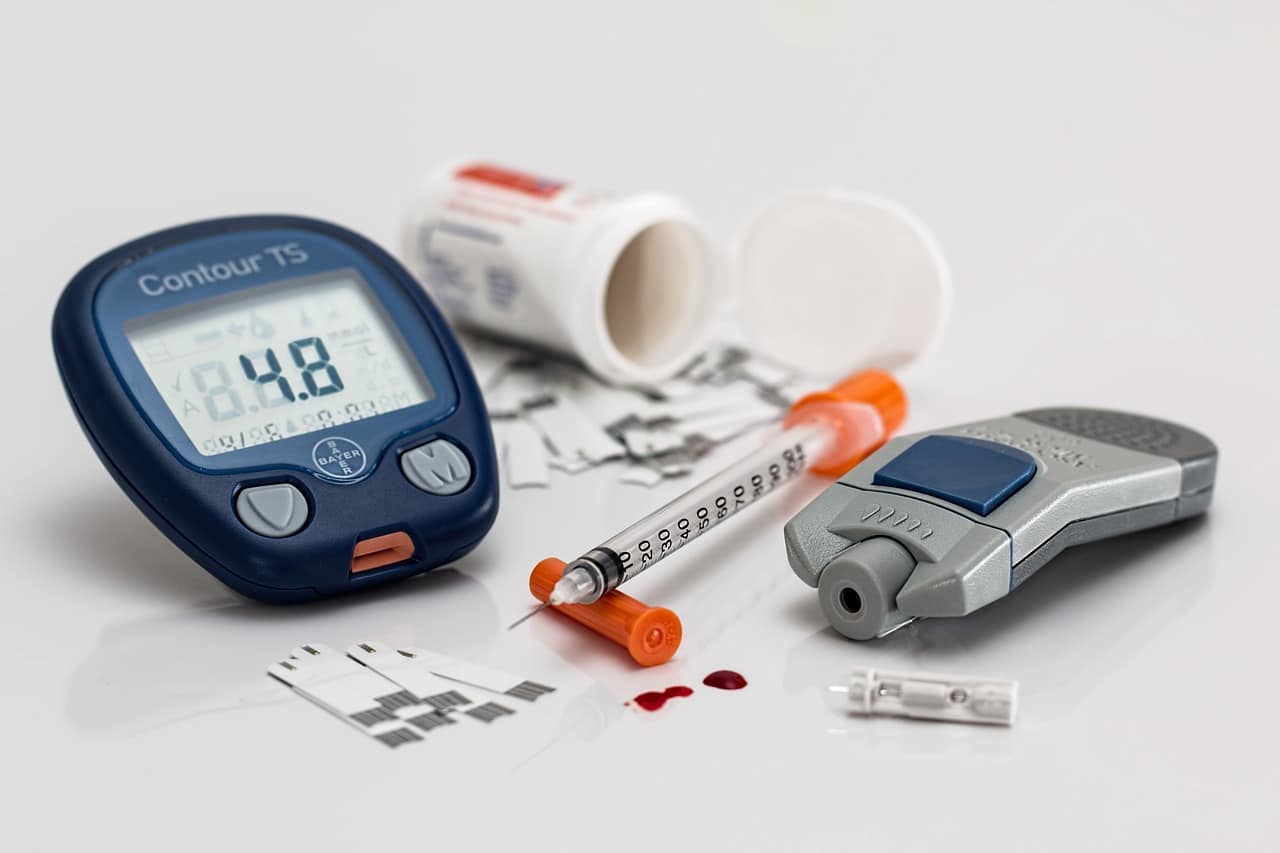In the quest for optimal health, one condition consistently looms large: diabetes. It’s a disease that affects millions of people worldwide and is often associated with a high risk of heart disease, stroke, kidney disease, and other health problems. However, it’s also a condition that’s largely preventable through certain lifestyle changes and choices. In this article, we’ll delineate the strategies that can help in preventing this insidious disease naturally.
Understanding the Risk Factors
Before we delve into the prevention methods, it’s crucial to understand the risk factors associated with diabetes. When you are aware of these factors, it becomes easier to take steps to mitigate them.
A découvrir également : Discovery: The health benefits of sleep
Being overweight or obese is a significant risk factor for type 2 diabetes. When you carry extra weight, especially around your abdomen, your body’s cells become less sensitive to insulin, a hormone that helps regulate blood sugar levels. This often leads to increased glucose in the bloodstream, which can lead to high blood sugar levels, a classic sign of diabetes.
Additionally, a family history of the disease, high blood pressure, high cholesterol levels, and physical inactivity are other common risk factors. Certain ethnic groups, including African Americans, Hispanics, and Native Americans, are at a higher risk of developing diabetes.
Sujet a lire : The importance of magnesium for health
The Role of Diet in Diabetes Prevention
Your diet plays a pivotal role in your overall health, and it’s no different when it comes to preventing diabetes. Consuming a diet rich in fiber and whole grains can help reduce your risk of diabetes.
Fiber is a type of carbohydrate that the body can’t break down, which helps slow the absorption of sugar into your bloodstream and prevents spikes in blood glucose. Foods high in fiber include fruits, vegetables, legumes, and whole grains.
Whole grains, on the other hand, contain all parts of the grain — the bran, germ, and endosperm. Foods made from these grains are rich in fiber and can help regulate blood sugar levels. Whole grain foods include whole grain bread, brown rice, oatmeal, and whole grain pasta.
Limiting intake of processed foods and sugary drinks, which often lead to weight gain and disrupt insulin function, can also help prevent diabetes.
Physical Activity: A Key to Diabetes Prevention
Regular physical activity is another powerful tool in diabetes prevention. Exercise can help you lose weight, lower your blood sugar levels, and boost your sensitivity to insulin, keeping your blood sugar within a healthy range.
Make it a goal to get at least 30 minutes of moderate-intensity exercise, such as brisk walking, cycling, or swimming, most days of the week. More intense activities, like running or high-intensity interval training (HIIT), are even more beneficial.
Remember, every bit of activity counts, so don’t be discouraged if you can’t fit in a full workout each day. Even short bursts of physical activity — like taking the stairs instead of the elevator or doing some jumping jacks during TV commercial breaks — can help.
Regular Health Checkups: An Essential Preventive Measure
Regular health checkups can play a crucial role in the early detection and prevention of diabetes. During these visits, healthcare professionals can monitor your blood pressure, cholesterol levels, and weight — all factors that, when properly managed, can significantly reduce your risk of developing diabetes.
They can also monitor your blood glucose levels to catch any potential issues early on. Early detection can lead to earlier treatment and potentially prevent the onset of type 2 diabetes.
Don’t Underestimate the Power of Sleep
Lastly, we should not underestimate the importance of a good night’s sleep in diabetes prevention. Sleep affects your body’s insulin sensitivity. Lack of sleep can lead to elevated cortisol levels – the body’s primary stress hormone, leading to increased blood sugar levels.
Aim to get at least seven hours of sleep each night. Maintaining a consistent sleep schedule, limiting caffeine and screen time before bed, and creating a dark, quiet, and comfortable sleep environment can help improve your sleep quality.
In summary, diabetes is a serious health condition, but it’s not inevitable. Although some risk factors like age and family history are out of your control, many lifestyle changes can significantly reduce your risk. Eating a healthy diet, staying active, getting regular checkups, and prioritizing sleep can all play a meaningful role in preventing this disease.
The Role of Weight Management in Diabetes Prevention
Weight management, or maintaining a healthy body weight, significantly lowers the risk of developing type 2 diabetes. It’s one crucial element that can dramatically influence your risks.
Overweight or obese individuals often have increased levels of adipose tissue, the body’s fat storage system. This can lead to insulin resistance, where your body’s cells become less responsive to the insulin produced to regulate blood sugar levels. Consequently, the blood sugar levels rise, paving the way to prediabetes and eventually, diabetes.
Research supports the powerful influence of weight loss on diabetes risk. A large meta-analysis found that each kilogram of body weight lost reduces the risk of diabetes by 16 percent. This does not mean you have to strive for an unrealistic or unhealthy weight. Even a modest weight loss of 5-10% of your initial weight can have significant health benefits.
Achieving and maintaining weight loss can be challenging, but it’s not impossible. A combination of a balanced diet — rich in whole grains, fruits, vegetables, lean proteins, and healthy fats — and regular physical activity can help you achieve this goal. Remember, consistency is key. Small but steady changes are often more successful and sustainable than drastic, short-term changes.
Other lifestyle strategies that can assist with weight management include getting enough sleep, managing stress, and avoiding sedentary behaviors. Keep in mind that a holistic approach that addresses all aspects of your lifestyle is often the most effective strategy for long-term success.
Conclusion: Preventing Diabetes is in Your Hands
As we’ve seen, you have a considerable amount of control when it comes to diabetes prevention. While certain factors like genetic predisposition and age can’t be changed, you can control your diet, physical activity, weight, and other lifestyle factors. By understanding the risk factors and making conscious, healthful choices, you can significantly reduce your risk of developing type 2 diabetes.
Let’s not forget the power of regular health check-ups and blood tests. These can help detect any early changes in blood sugar levels, providing the opportunity to take necessary measures before it’s too late.
Diabetes is an insidious disease that can lead to other serious health conditions like heart disease, stroke, and kidney disease. The good news is that it’s largely preventable. Today, make a commitment to yourself to adopt a healthier lifestyle. Start with small, sustainable changes — such as choosing whole grains over refined ones, finding a physical activity you enjoy, getting enough sleep, and managing your weight — and gradually build on these habits.
Remember, every step you take towards a healthier lifestyle is a step away from diabetes. It may not always be an easy journey, but it’s certainly worthwhile. After all, when it comes to your health, every effort counts!













